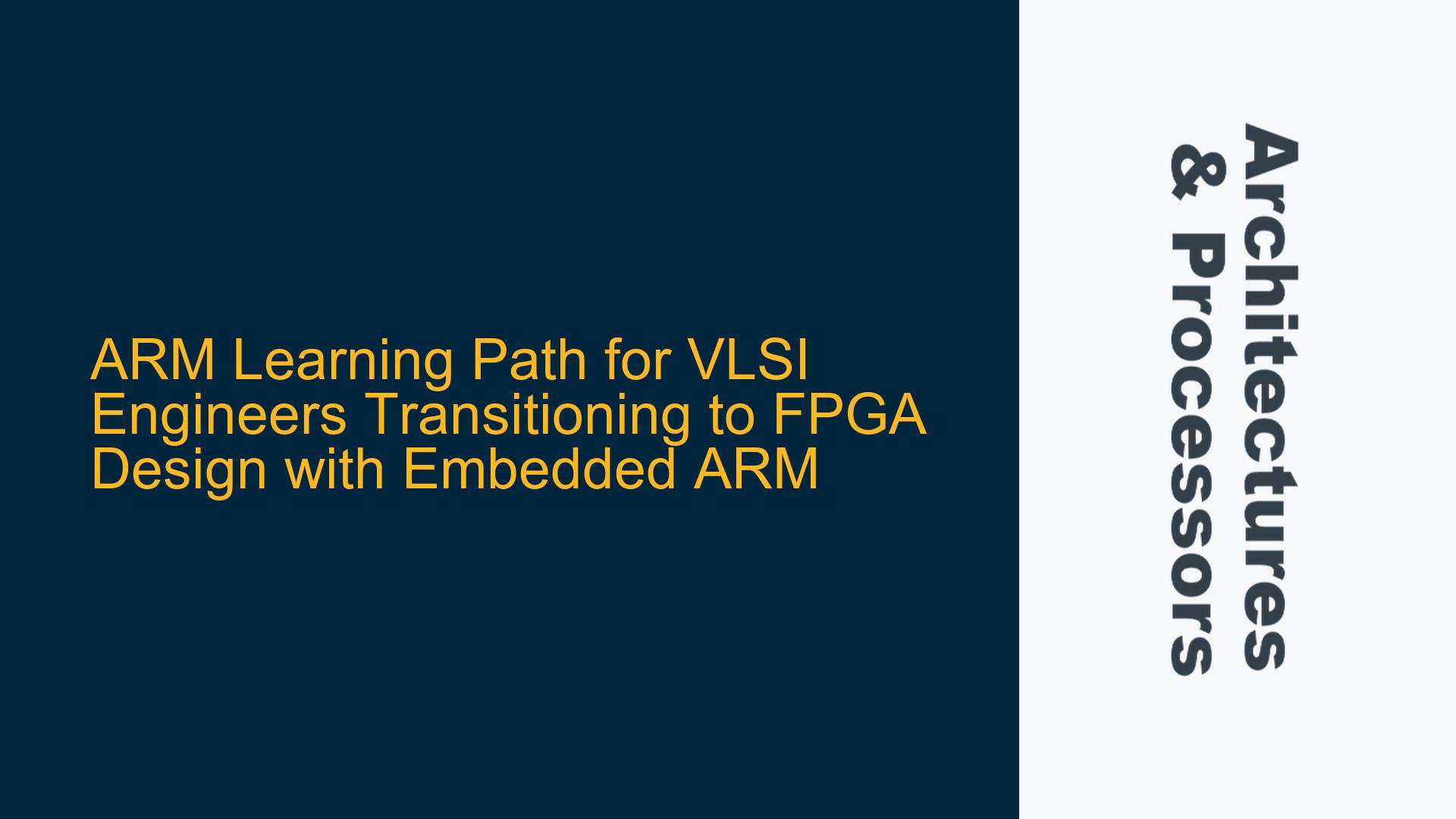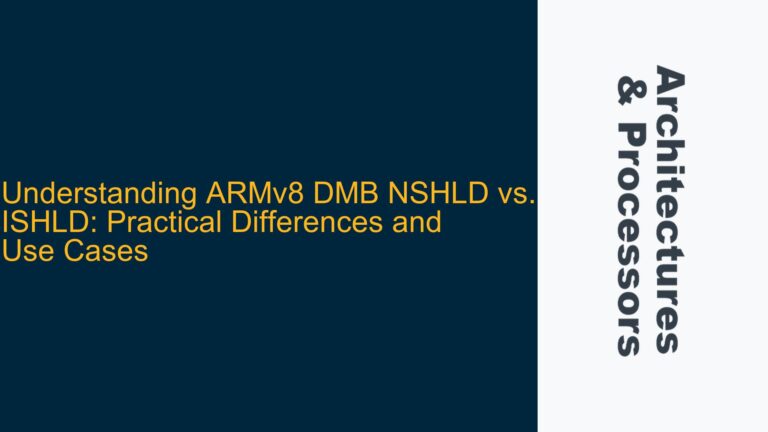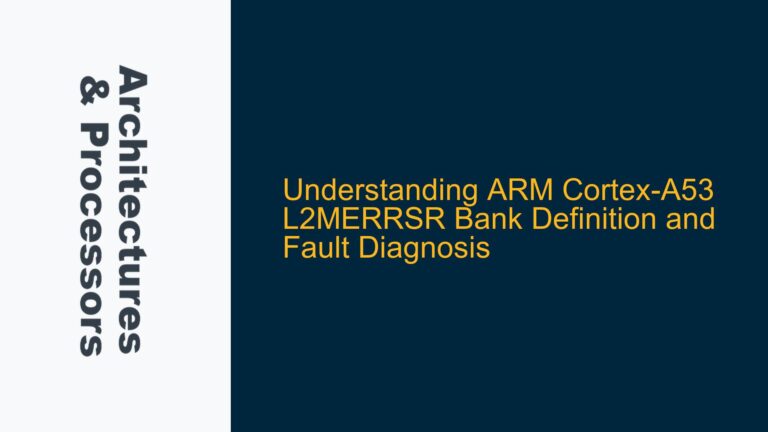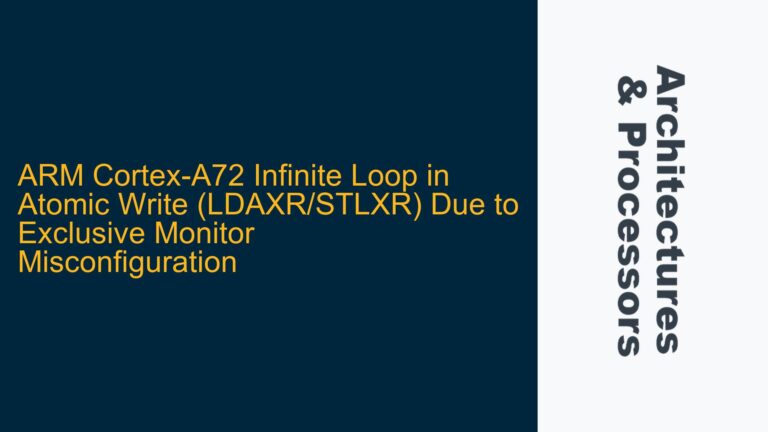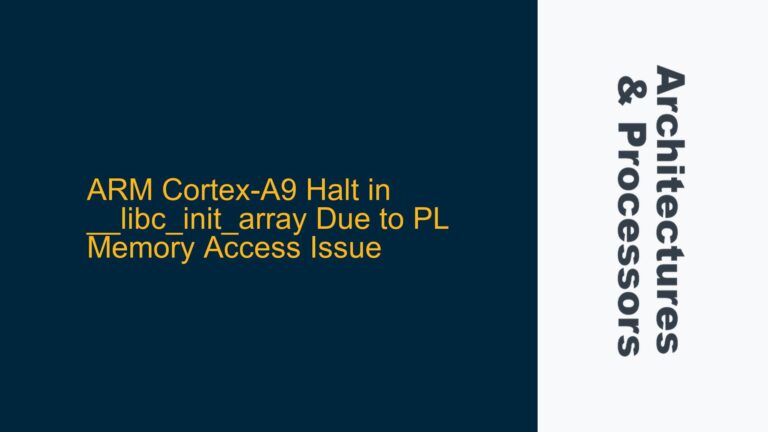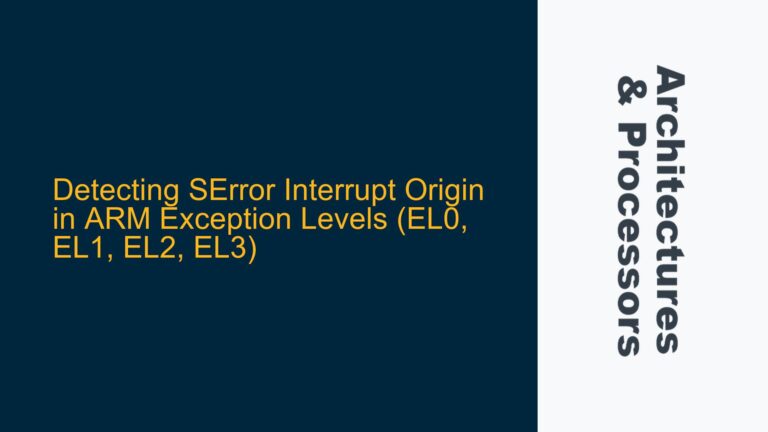ARM Cortex-A vs. Cortex-M: Choosing the Right Processor for FPGA Design
When transitioning from VLSI/ASIC logic design to FPGA design with embedded ARM processors, the first critical decision is selecting the appropriate ARM processor family. The two primary options are ARM Cortex-A and ARM Cortex-M processors, each catering to different application domains and design complexities.
ARM Cortex-A processors are designed for high-performance applications, typically found in systems running complex operating systems like Linux or Android. These processors feature advanced memory management units (MMUs), multi-core capabilities, and support for high-speed interfaces such as PCIe and USB 3.0. For FPGA designs, Cortex-A processors are often available as hard macros in high-end FPGAs from vendors like Xilinx and Intel (Altera). These hard macros are pre-implemented, optimized blocks that can be instantiated directly into the FPGA fabric, reducing design complexity and ensuring high performance.
On the other hand, ARM Cortex-M processors are optimized for low-power, real-time applications, making them ideal for embedded systems where power efficiency and deterministic behavior are critical. Cortex-M processors are simpler in architecture compared to Cortex-A, often lacking MMUs and featuring smaller cache sizes. They are commonly used in applications such as IoT devices, automotive control systems, and industrial automation. Cortex-M processors are available as soft IP cores, which can be synthesized and implemented in a wide range of FPGAs, including those from Microsemi.
The choice between Cortex-A and Cortex-M depends on the target application. For high-performance computing, multimedia processing, or running a full-fledged operating system, Cortex-A processors are the preferred choice. However, for low-power, real-time control applications, Cortex-M processors offer a more suitable solution. Understanding the specific requirements of the application is crucial in making an informed decision.
Leveraging ARM DesignStart for FPGA-Based ARM Processor Implementation
ARM DesignStart is a valuable resource for VLSI engineers looking to implement ARM processors in FPGA designs. DesignStart provides access to ARM IP, including Cortex-M processors, with a simplified licensing model that lowers the barrier to entry for developers. The program offers a range of options, from free evaluation versions to full-featured licenses, allowing engineers to experiment with ARM IP before committing to a full design.
For FPGA designers, ARM DesignStart FPGA is particularly relevant. This program provides access to Cortex-M1 and Cortex-M3 processors, which can be implemented in various FPGA families. The Cortex-M1 is optimized for low-cost, low-power FPGAs, making it suitable for applications where resource utilization and power consumption are critical. The Cortex-M3, on the other hand, offers higher performance and more features, such as a nested vectored interrupt controller (NVIC) and support for advanced debugging.
To get started with ARM DesignStart, engineers should first download the evaluation version of the Cortex-M processor IP from the ARM website. This version includes the RTL source code, along with documentation and example designs. The next step is to set up a simulation environment using industry-standard tools like ModelSim or VCS. This allows engineers to verify the functionality of the processor before moving to FPGA implementation.
Once the simulation is complete, the next step is to synthesize the processor IP for the target FPGA. This involves setting up synthesis constraints, such as clock frequencies and pin assignments, and running the synthesis tool to generate the FPGA bitstream. After synthesis, the design can be implemented on the FPGA using the vendor’s place-and-route tools. Finally, the design should be verified on the FPGA using a combination of software debugging tools and hardware testing.
ARM DesignStart also provides access to a range of development boards, which can be used to prototype and test the FPGA design. These boards typically include peripherals such as LEDs, buttons, and communication interfaces, allowing engineers to quickly evaluate the performance of their design. Additionally, ARM offers a range of training materials and online courses through the ARM Education Hub, which can help engineers deepen their understanding of ARM processors and FPGA design.
Building a Comprehensive ARM Learning Path for VLSI Engineers
For VLSI engineers transitioning to FPGA design with embedded ARM processors, building a comprehensive learning path is essential. This path should include a combination of theoretical knowledge, practical experience, and hands-on projects to ensure a thorough understanding of both ARM processors and FPGA design.
The first step in the learning path is to gain a solid understanding of ARM architecture. This includes studying the ARM Technical Reference Manuals (TRMs) for the target processor, which provide detailed information on the processor’s features, registers, and instruction set. Additionally, engineers should familiarize themselves with the ARM AMBA protocols, such as AXI, AHB, and APB, which are used for communication between the processor and peripherals.
Next, engineers should gain practical experience with FPGA design tools and workflows. This includes learning how to use synthesis and place-and-route tools, as well as simulation and debugging tools. Many FPGA vendors offer free versions of their tools, which can be used for learning and experimentation. Additionally, engineers should explore the use of hardware description languages (HDLs) like Verilog and VHDL, as well as high-level synthesis (HLS) tools that allow for the generation of RTL code from high-level languages like C++.
Hands-on projects are a critical component of the learning path. Engineers should start with simple projects, such as implementing a basic ARM processor on an FPGA and running a simple "Hello World" program. As they gain confidence, they can move on to more complex projects, such as integrating peripherals, implementing custom IP blocks, and optimizing the design for performance and power consumption.
Finally, engineers should take advantage of the resources available through the ARM Education Hub and other online platforms. These resources include online courses, webinars, and forums where engineers can ask questions and share knowledge. Additionally, participating in open-source projects and contributing to the ARM ecosystem can provide valuable experience and help build a professional network.
In conclusion, transitioning from VLSI/ASIC logic design to FPGA design with embedded ARM processors requires a structured learning path that combines theoretical knowledge, practical experience, and hands-on projects. By leveraging resources like ARM DesignStart and the ARM Education Hub, and by gaining experience with FPGA design tools and workflows, VLSI engineers can successfully make the transition and become proficient in designing ARM-based FPGA systems.
